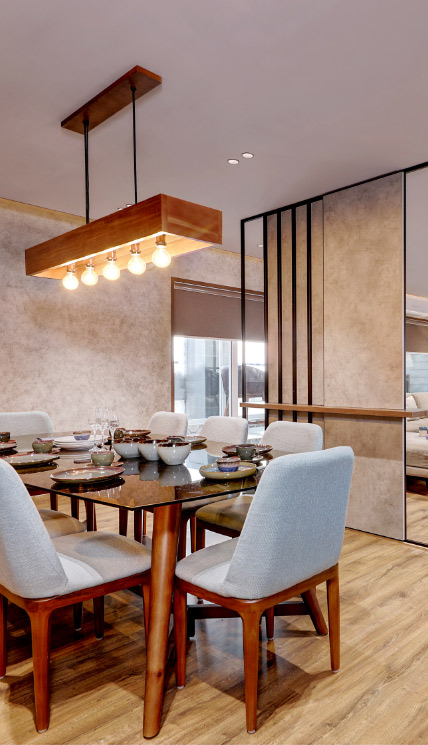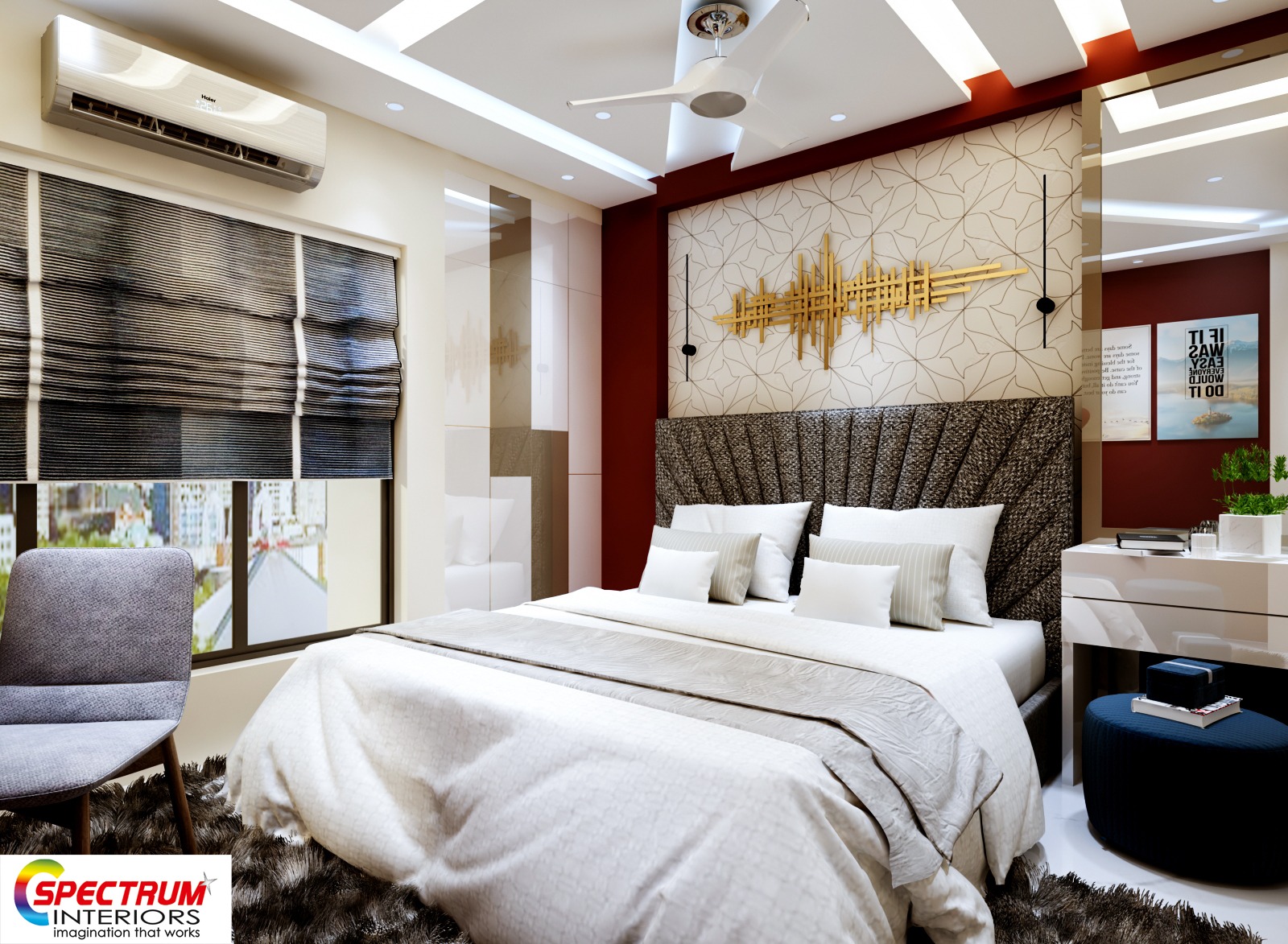Discover miami luxury interior design for a sophisticated and stylish lifestyle.
Discover miami luxury interior design for a sophisticated and stylish lifestyle.
Blog Article
Change Your Home With Crucial Concepts of Inside Style and Aesthetic Appeals
The art of changing your home via the necessary principles of interior decoration and aesthetic appeal needs a thoughtful strategy that integrates color, equilibrium, and spatial understanding. By comprehending the effect of color theory and the relevance of texture and patterns, one can develop areas that are not just visually enticing yet also deeply individual. Attaining this equilibrium includes even more than mere design; it encompasses a tactical setup and a keen understanding of exactly how each component engages within an area. As we explore these foundational principles, think about just how they might redefine your understanding of home and personal expression.
Recognizing Shade Theory
Understanding the principles of color concept permits developers to produce rooms that reverberate mentally with passengers while satisfying functional requirements. Each classification plays an important duty in establishing harmony within a room.
The emotional impact of shades is profound; warm tones such as reds and oranges stimulate power and warmth, while amazing tones like blues and eco-friendlies promote peace and peace. Moreover, making use of corresponding colors boosts visual passion, developing striking contrasts that can raise an area's charm.
Neutral colors, on the various other hand, serve as a versatile backdrop, permitting various other design components to shine. It is crucial to consider factors such as illumination and the room's function when picking a color combination, as these can modify the perception of colors throughout the day.
Inevitably, a well-considered shade scheme can change a space, fostering a feeling of comfort and design that straightens with the occupants' choices. Proficiency of color theory is, therefore, a crucial ability for any indoor designer aiming to develop unified and welcoming settings.
Achieving Balance in Layout
Just how can designers achieve a sense of balance in their rooms? Attaining equilibrium in layout is fundamental to producing unified interiors. Designers can make use of 3 main kinds of equilibrium: symmetrical, asymmetrical, and radial. In proportion balance includes preparing aspects equally around a main factor, fostering a sense of order and tranquility. This kind often features pairs of furnishings or art work, improving aesthetic security.
Asymmetrical equilibrium, on the other hand, relies upon varying aspects that still achieve a cohesive look. This method permits for more dynamic and informal plans, providing interest while maintaining stability. By thoroughly picking differing dimensions, colors, and structures, designers can develop an aesthetically compelling room that really feels well balanced yet energetic.
Radial equilibrium emphasizes a main centerpiece with components radiating exterior. This style is commonly seen in round formats, where furnishings and design develop a cohesive border that attracts the eye inward.
Ultimately, accomplishing balance calls for thoughtful consideration of scale, percentage, and the connections in between elements. miami interior design. By skillfully using these equilibrium principles, developers can transform rooms into settings that feel both visually pleasing and functionally unified, improving the overall experience for passengers
Importance of Spatial Understanding

An eager sense of spatial understanding allows developers to recognize focal factors within a room, guiding the audience's interest to crucial functions while keeping a total feeling of unity. It additionally assists in the strategic placement of lighting, which can dramatically influence the perception of space and state of mind. Understanding spatial relationships makes it possible for the developer to cater to the specific demands of residents, guaranteeing that each area offers its designated purpose without compromising aesthetics.
Inevitably, spatial recognition is vital for making best use of the possibility of any indoor room. By thoroughly considering the interaction between measurements, design, and function, developers can develop atmospheres that not just meet sensible needs but additionally evoke a feeling of convenience try this out and appeal, enhancing the total living experience.
Incorporating Appearance and Patterns
Embracing a diverse variety of structures and patterns can considerably boost the visual and tactile allure of an interior space. The critical use of different products-- such as wood, steel, textile, and stone-- develops depth and rate of interest, making an area really feel much more welcoming and dynamic. Incorporating smooth surfaces with rough appearances can establish a balance that attracts the eye and involves the detects.
When including patterns, take into consideration both scale and repeating. Big patterns can act as focal factors, while smaller sized, refined designs can match other aspects without frustrating the room. Layering patterns, such as pairing floral paddings with striped throws, adds complexity and a feeling of consistency if executed thoughtfully.
It is also vital to preserve a cohesive color palette, ensuring that appearances and patterns interact as opposed to compete for attention. By picking a few key appearances and patterns, you can produce a combined visual that shows your personal design while enhancing the total setting of the space. Ultimately, the cautious incorporation of these components can transform an ordinary area into an advanced environment abundant with character and heat.
Customizing Your Space
Producing an area that mirrors your character is essential to achieving a genuinely inviting atmosphere. Customization in interior style enables you to instill your distinct style and passions into your home, transforming it from a plain shelter right into a sanctuary that speaks with that you are. Begin by choosing a color palette that resonates with your emotions-- strong tones can energize, while soft tones use peace.
Incorporate artwork and decoration that mirror your passions, whether it be travel, nature, or abstract principles. Displaying personal collections, such as books, photos, or keepsakes, can stimulate valued memories and create prime focus within an area. In addition, think about personalizing useful items, like upholstered furnishings, to Going Here align with your aesthetic choices.

Final Thought
To conclude, the improvement of a home with the crucial concepts of interior layout and appearance demands a detailed understanding of shade theory, balance, spatial recognition, structure, and customization. Each aspect contributes considerably to creating an unified and practical living environment - luxury interior design. By attentively integrating these principles, people can boost the visual allure and emotional vibration of their spaces, inevitably promoting a home that mirrors unique identifications while providing comfort and practicality
Report this page